Her disease: A stark reminder of how many women are affected by heart disease

23,000 women die of coronary heart disease in the UK every year—twice as many as from breast cancer.
The work for the HER disease campaign is a stark reminder of how women are affected by this disease, despite an assumption that more men are impacted.
Creative Moment's editor Lucy Smith spoke with Hugo Bone, ECD at AML and creator of the campaign, about why this campaign came about, the challenges faced in creating it, and the response it has received.

Lucy Smith (LS): Tell us about how this insight led to the final creative?
Hugo Bone (HB): As stated above, 23,000 women die of coronary heart disease in the UK every year - twice as many as from breast cancer.
I read that fact on a news site, perhaps the BBC? It was there in plain sight - but somehow entirely invisible. I have four sisters, a mother, a wife, and a daughter - and I just thought, ‘What the hell?’ I was completely unaware. In TV and film, if someone is having a heart attack - it’s never a woman. A man catching his chest is a well-worn device, a trope, a shortcut. We all know that men have heart attacks. But it’s very rarely a woman.
In terms of how I got to the creative, it came from an urgency, a drive for people to know the reality. I kept writing down ‘women’s disease’ and then ‘heart disease’ and literally stumbled on ‘her disease’ hidden within the word ‘heart’. And it was a really big moment. It felt like a disease that needed ‘re-branding’ somehow, turning on its head. I wanted ‘her disease’ to be imprinted on the mind of every woman.
Once I’d had the idea, I knew we needed to do this and so I got in touch with a handful of charities – and then Covid landed. Fast-forward two years, and with the backing of AML I approached Heart Research UK - and in the email, I said, ‘Will you help me save the lives of women in the UK?’
The rest, as they say, is history.
LS: What were the greatest challenges you faced in either the creative concept or the execution?
HB: So, in the execution, there was a very specific challenge - and that was the technical challenge of revealing enough of the word ‘heart ‘while ‘hiding’ enough to reveal the word ‘her’. On paper it sounds relatively straightforward, but the margins were tiny and we needed to get it just right. In essence the whole idea, the reveal is tied up in that final tableaux moment. It was all about the balance. The fall just right, the hair in the right place etc.
Also, this campaign (in my head) started out as a static execution - a poster. And initially we had the ‘h’ and the ‘t’ covered by a heart and a drop of blood. But it quickly became clear that it was important for a woman to be the focus of the execution. More immediate, more relevant, more relatable. It needed to resonate, to be powerful - and it all came together.
Interestingly, the TV execution came after. And it was a case of working back from the final tableaux – creating a narrative to land there.
Ostensibly we took a trope - man in a greasy spoon holding his chest - and then we pulled the rug away. Playing with people’s assumptions. So it started off as his story - and then when the waitress is pouring the tea the sound design changes and it becomes ‘her’ story.
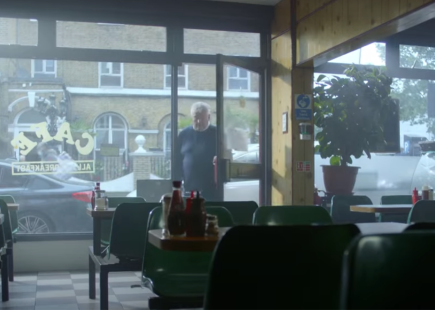
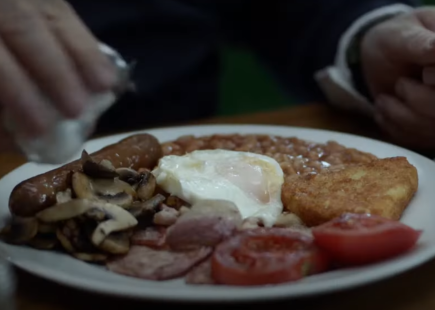
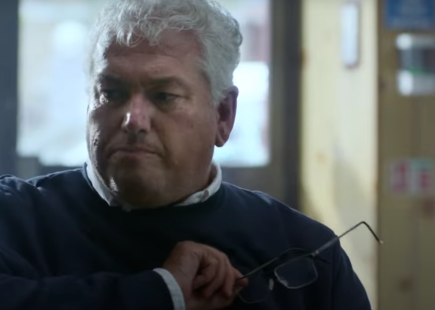
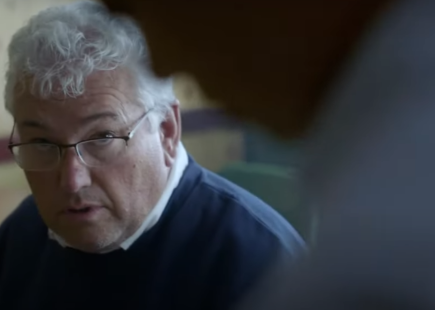
What initially attracted you to this brief?
It wasn’t a usual scenario. Ostensibly the idea and the need to share it and to, quite literally, save lives - was the brief. The challenge was to find the platform and the organisation to help bring it to life. It was an upside down project – a-typical in every way and perhaps more powerful for being so. We jumped in with unblinking commitment and belief and we made it happen. Very humbling and hugely rewarding.
LS: What was the highlight of creating this campaign?
HB: It was making the TV commercial. I didn’t expect it to be a part of the campaign - and I love film. It’s emotive and it gave us the opportunity to tell a powerful story. 30 seconds is a short amount of time to showcase a narrative - and I really relished that challenge. It felt important, it is important.
And it felt even more powerful because so many people gave their time for free. AML did it pro bono, the director - Ben Nakumara Whitehouse, Stink Films, Ester Keate at Boutique Artists, the photographer - all gifted their time and expertise to the project. And so it went on. So many people believing in what we were doing and wanting to be involved. Mark Strong, Jodie Whittaker, Mark Bonner, Kay Adams all busy busy high profile people - all wanting to get involved and donating their time to the project. It really was a dream team - and it made us all feel that we were doing something important. It genuinely felt powerful.
LS: What has the feedback/response been to the campaign?
HB: It reached an audience of 55 million, boosted ‘symptom-checker’ page views by 206% and even made its way to the Scottish Parliament. Add to that headlines in national, regional and trade press – plus many many engagements across social media, and the fact that someone got in touch with the charity to tell them the ad had saved their life - and I feel confident in saying that it did its job and did it well.
It’s a project I am immensely proud of.
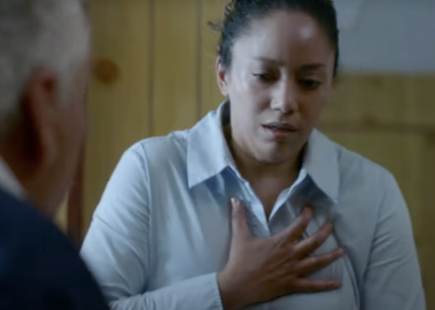
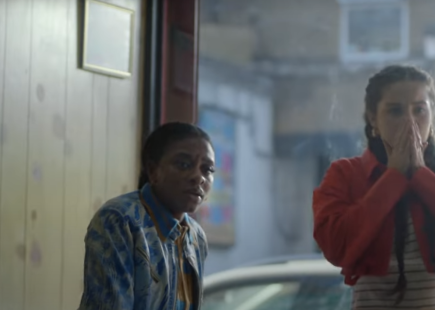
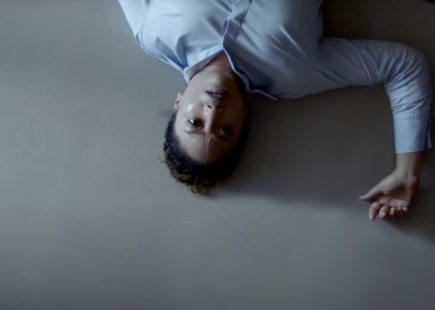
If you enjoyed this article, you can subscribe for free to our weekly email alert and receive a regular curation of the best creative campaigns by creatives themselves.
Published on:





